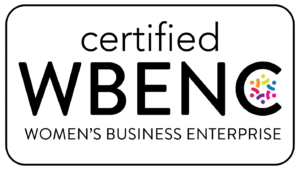Remote work is creating a shift in how we define professionalism. Before the pandemic the rules of professionalism were clearly defined. In some instances, attire was suits and ties–no exceptions, or business casual such as golf shirts, or cardigans and khakis on Fridays. In some cases, professionalism meant perfect grammar—a demeanor that reflected mannerisms and speech patterns void of any individuality or cultural attributes. Seemingly the pre-pandemic definition of professionalism was a construct of our unconscious bias designed to avoid any feelings of discomfort with the unfamiliar.
Many employees who work remotely are letting their guard down and removing the old mask of professionalism. Increasingly, employees are showing up in virtual meetings as their authentic selves not only in attire, but in how they express themselves in virtual chats where language is often more relaxed, and grammatical errors are overlooked. Perhaps because working remotely has enabled each employee to create their own safe environment, they are more likely to show up in shared virtual spaces as their authentic self.
As a leader, it is important to embrace diversity with a spirit of inclusivity. Determine how closely your current definition of professionalism aligns with your company’s core values. Take another look your company’s dress code.
- Does it allow employees to show up as their authentic selves or does it have an undertone that dictates how they must hide their cultural attributes?
- Does your current definition of professionalism support a psychologically safe workspace?
For the benefit of your employees, clients, vendors, and partner, set aside time to re-examine how you define professionalism for your work environment. It could make all the difference in the world.
Give us your feedback in the comment section below.
Make it a great day !!







